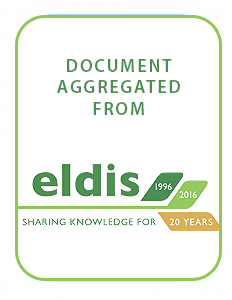Large-scale land acquisitions and food security
DFID are looking to propose that the UK supports a package of measures to strengthen land transparency and ultimately governance. This work is of a high priority for DFID and the wider UK Government. Following further research on the evidence and internal discussions, DFID have identified a gap relating to two specific questions:
1. What are the impacts of large-scale land acquisitions (LSA) on local food insecurity and malnutrition levels?
2. Is there a difference in impacts whether investments are international or local?

